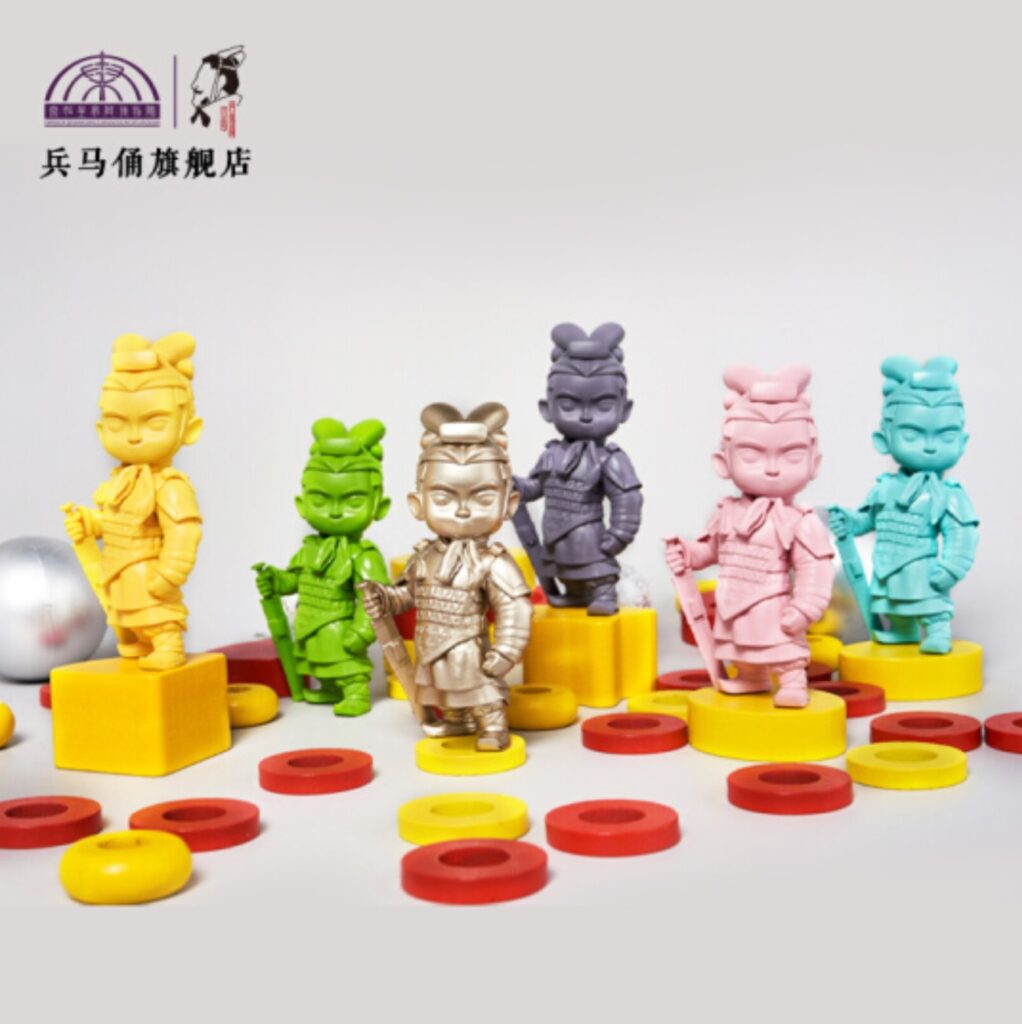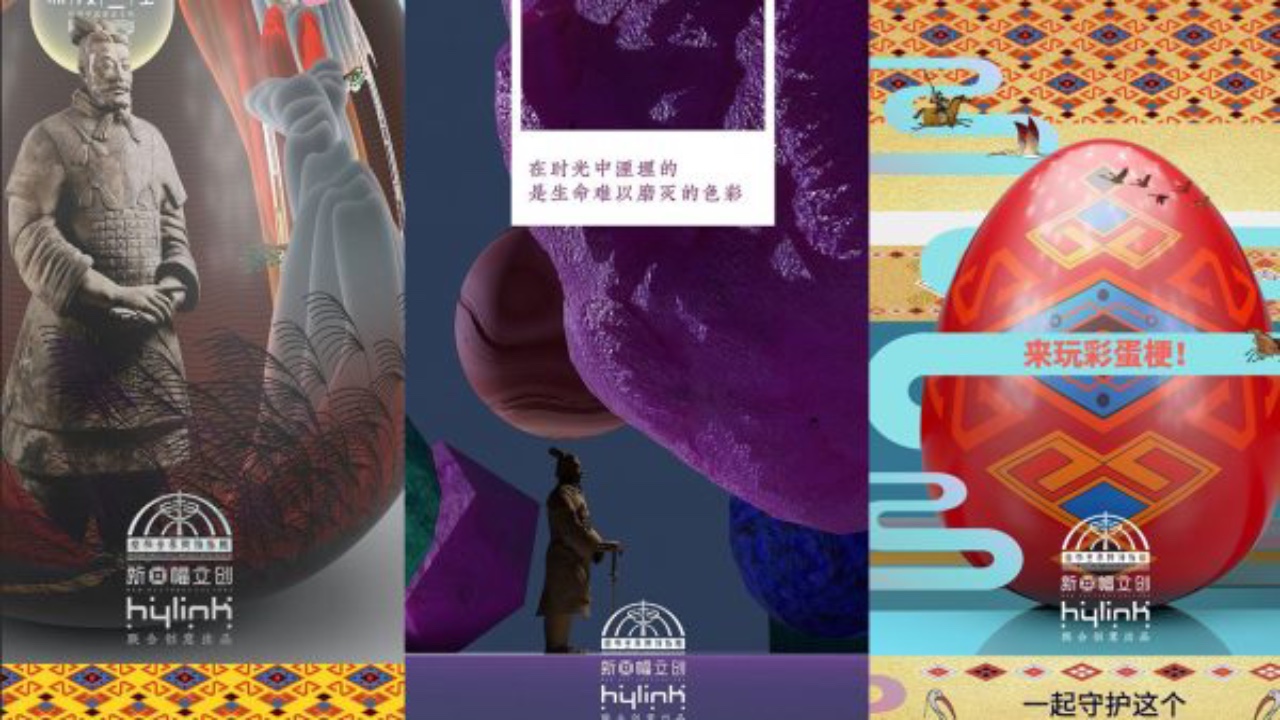The typical Chinese state museum is a monumental edifice occupying considerable downtown real estate. As custodians of traditional culture, ones replete with hundreds of thousands of artifacts, they might seem unlikely to follow the tastes of Millennials and Gen Zers too closely — in fact, they’ve proven remarkably adept at harnessing youth subcultures.
From the chatty live streams of Lhasa’s Potala Palace to the Palace Museum tapping into the surging popularity of hanfu clothing, a style based on Han dynasty attire, Chinese museums continue to prioritize young audiences. Further proof comes with the widespread pursuit of the craze for blind boxes, a practice of packaging adult collectables in opaque boxes.
JT spoke to Wang Xuesong, Director of YAH Lab at Hylink (华扬联众), a digital agency with long standing expertise in global creative industries, to learn his thoughts on the booming practice of creating niche cultural products among Chinese museums.
This is the second half of an extensive interview with Wang, catch up on part one here.

Cultural products created by Hylink with the Emperor Qinshihuang’s Mausoleum Site Museum. Source: Sohu.com
What are the advantages of cultural institutions using their intellectual property (IP) to create products?
There’s no advantage. It depends on how you define IP in a Chinese context. Both cultural and commercial organizations hope to create toys and run off products, these can range from video games to electronics and daily goods — even shampoo and instant noodles. Each one seems to have its own advantages, but are any of them truly inspiring?
What is the key to creating engaging IP products?
In reality, trends happen in the mind. It changes a person’s thinking, piques their curiosity, and makes people burn calories! If the cultural creativity of museums can bring more pleasure to our daily lives and allow us to experience a greater diversity of beauty, then this trend can be said to be truly valuable.
What about blind boxes, where do they fit within the broader practice of Chinese museums creating cultural products?
I believe creating blind boxes should not be seen as a trend. Instead it’s a process, one of trial and error, it’s not about creating popular toys, but carrying on and innovating culture. Blind boxes are only one way of communication [for museums], one popular form. True cultural creativity not only depends on understanding the root and depths of culture, it’s also about recognizing what has value in contemporary society, what is worth communicating.
What must museums be mindful of when creating cultural products such as blind boxes?
Museums must clearly understand that if blind boxes become a dominant topic, it will be a fiercely competitive marketplace. [They might ask themselves] Are we making blind boxes for the sake of making blind boxes? Or are we using them as an inspiration, a way to understand the popular culture of young people. If the goal is inspiration, blind boxes need to be innovative.

Blind boxes created by the Emperor Qinshihuang’s Mausoleum Site Museum are wildly popular among younger Chinese consumers. Source: Taobao.com
Is traditional culture enjoying a renaissance moment in China?
At this time traditional culture in museums is becoming a popular topic for young people…but museums preserve history, they are not something that can be quickly consumed, like fast food. If this type of thinking is missing, the type of products created in the name of museums will only ever be cultural garbage… ancient cultures don’t need to be completely revived today, what’s important is that museums offer young people a sense of identity, a place to find essential, innovative resources.



